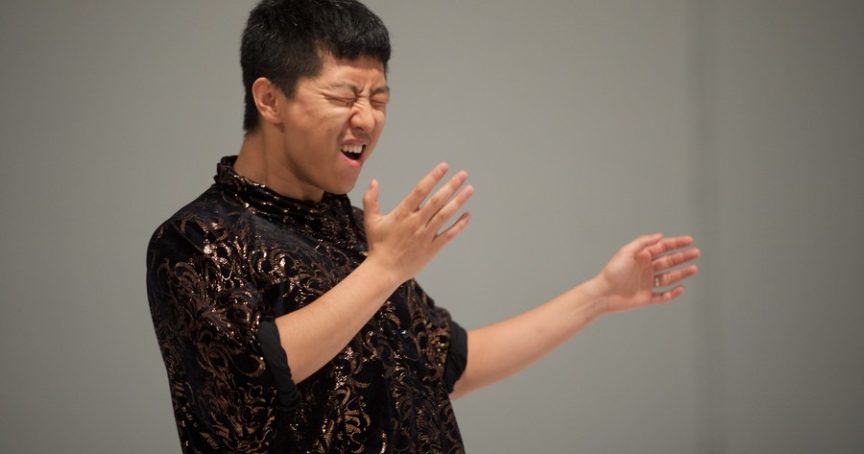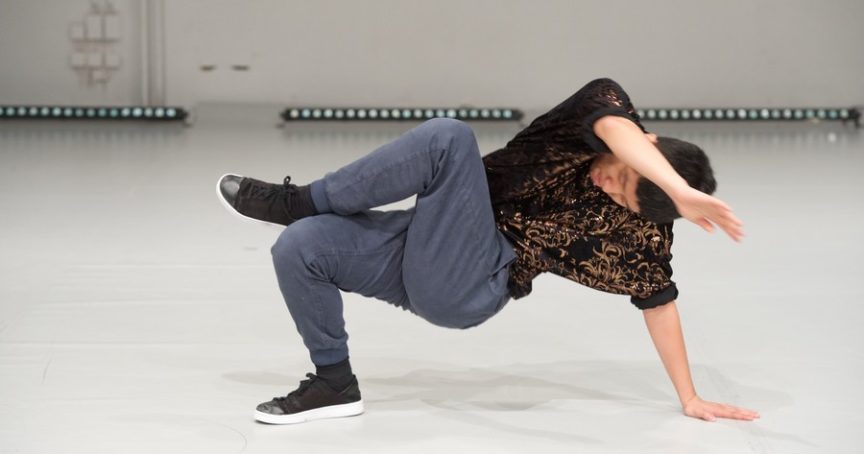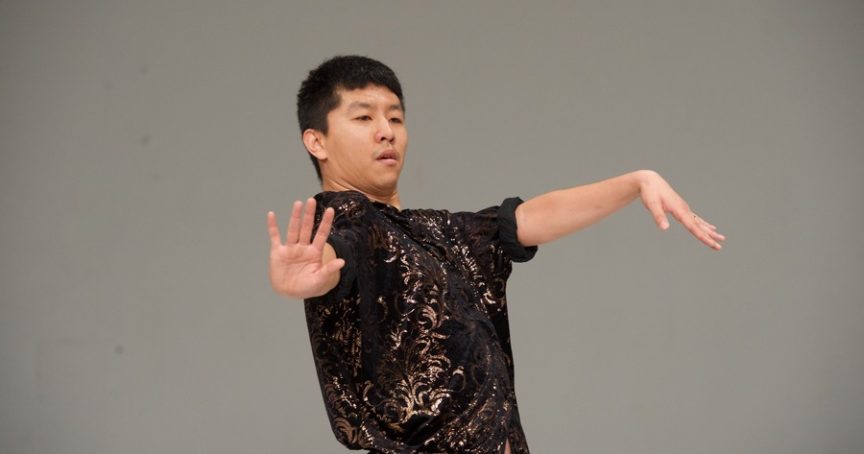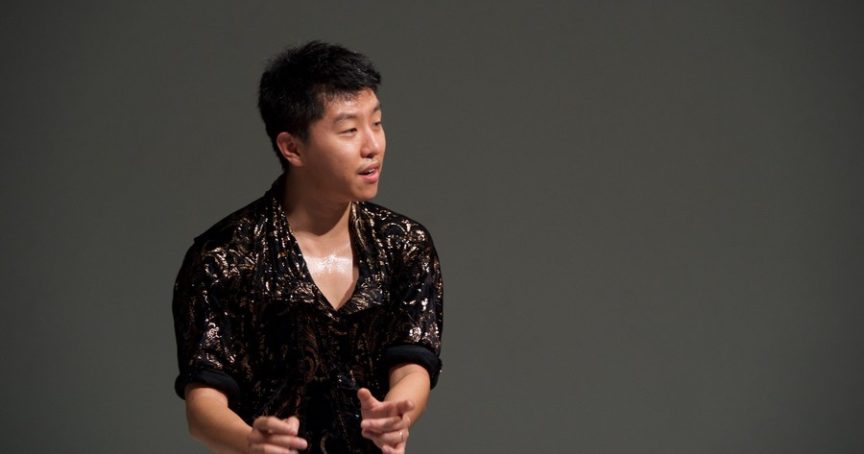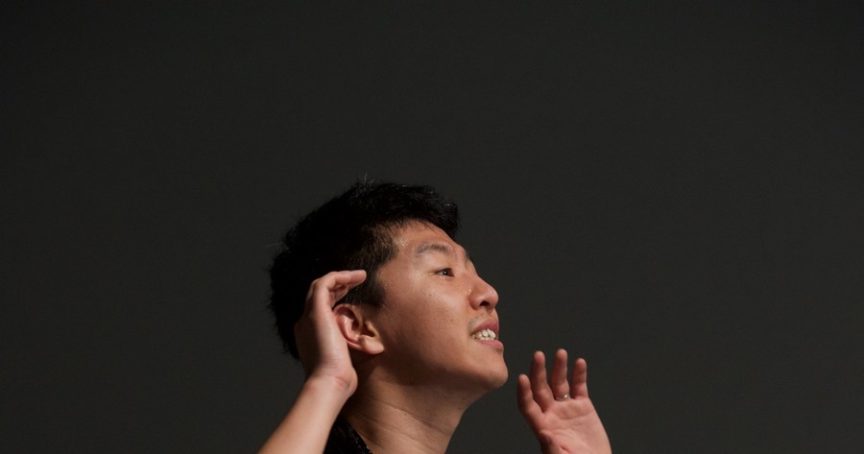Can Asians Dance?
Or 7 Differences Between Classical Chinese Dance and Ballett
2016, Solo
about the piece
The title of this piece refers to a collection of essays by Kishore Mahbubani, an important postcolonial thinker.
In his book, he deals with the resurgence of Asia in the political and economic arena and what this means for the West – both as an opportunity and a challenge. Chinese dancer Naishi Wang looks at why many Asian countries have historically lagged behind in their development compared to Europe and correlates it to his own development as a dancer. Trained in Kung-Fu and Chinese folklore, he soon began expanding his style to include contemporary dance. Meanwhile, he moves freely across genres and works for many international dance companies. Yet according to his own observations, he is either booked because he can dance traditionally – quasi as an exotic dancer – or as a dancer versed in a fusion of styles. Never both at the same time.
In “Can Asians Dance” he therefore attempts to once again juxtapose both dance cultures – the traditional Chinese and the contemporary – in order to search for common ground by highlighting formal differences.
videos
credits
Concept, Choreography: Christoph Winkler | Dance, Choreography: Naishi Wang | Set and Costumes: Lena Mody, Valentina Primavera | Head of Tech: Martin Pilz | Camera: Walter BickmannTanzforum Berlin | Production: ehrliche arbeit – freelance office for culture.
A Christoph Winkler and ehrliche arbeit production, co-produced by SOPHIENSÆLE and monsun.theater Hamburg. Made possible by the Governing Mayor of Berlin - Senate Chancellery - Cultural Affairs and the National Performance Netz (NPN) Coproduction Fund for Dance, which is funded by the Federal Government Commissioner for Culture and the Media on the basis of a decision by the German Bundestag. Media partner: taz.die tageszeitung.



